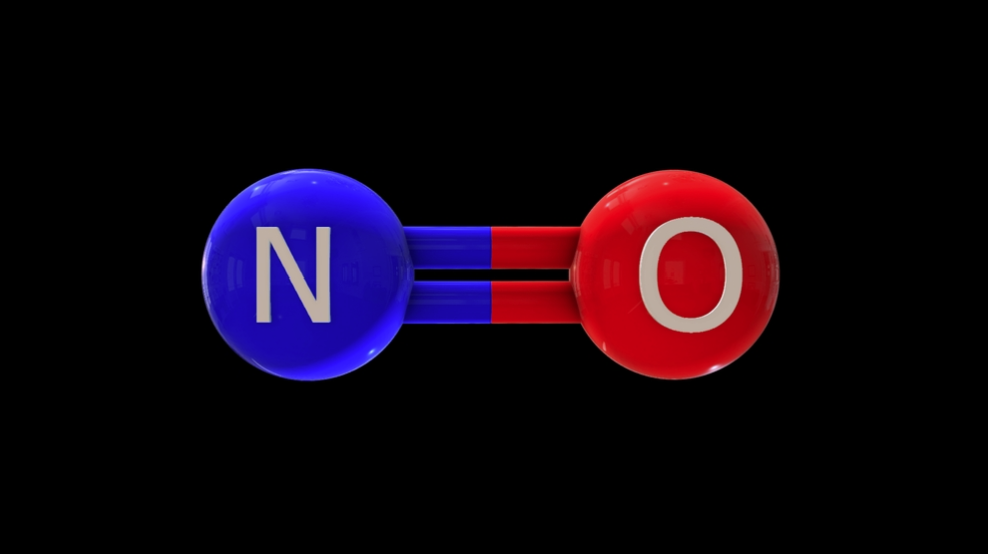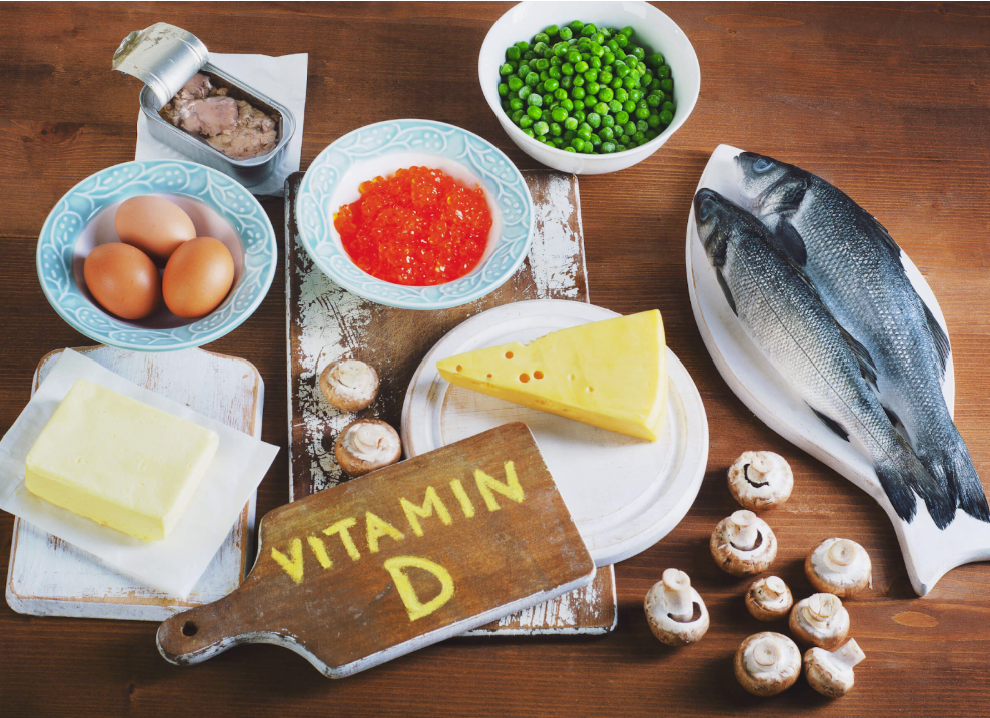
Nitric Oxide… NO not the kind in Dom Toretto’s car from the Fast and Furious franchise. The gas that is dissolved in the blood stream responsible for vasodilation of blood vessels or simply put, to relax the tone of the arterial walls. But first a little anatomy review. Arteries carry blood A-way from the heart and are pressurized. Veins serve as the conduit for blood to return to the heart. The systemic circulation carries blood to the tissues and organs to perfuse them with oxygen and nutrients. When the heart pumps, it pushes blood through the arteries which carry the blood to the working muscle. When we run or workout, blood is pumped to the tissues in need. The nervous system has the capacity to determine which tissues need the blood at what times. During maximal intensity exercise, the organs and abdominal contents receive very little blood supply other than to keep the tissues alive. This is maybe why after a marathon, you will feel cold in the extremities due to the blood all rushing back to the organs leaving the extremities without much circulation and therefore carrying the heat with it.
When we workout, the muscle contracts squeezing the tiny vasculature driving up the peripheral resistance. Additionally, working out increases the demand for blood flow to the tissues to deliver nutrients so decreasing Vaso resistance the better so the heart doesn’t have to pump as hard to deliver oxygen to the tissues. Arteries, particularly arterioles are smaller arteries that are responsible for conducting blood to the working tissues. A major highway is like the aorta and major great arteries. The arterioles are like the exits from the highways, ending in the small side streets that take you home. Nitric oxide is a gas transmitter, a gaseous signaling molecule created by NOS, Nitric Oxide Synthase utilizing L-arginine to create it. Nitric oxide works by relaxing smooth muscles within the arteriole walls which can enhance the delivery of oxygen and nutrients to the working muscle.
We have established vasodilation as a good thing so how do we leverage the system to work in our favor to create performance benefits?
How to increase Nitric Oxide Levels
- Simply running more, exercising more increases gene expression of NOS, the enzyme that catalyzes the formation of Nitric Oxide.
- Performing full body resistance exercise: Nitric Oxide dump to increase production of NO systemically through movement
- Supplementation of precursor amino acids: Arginine and Citrulline
- Supplementation of nitrates especially with beet root juice, beet root concentrates and beet root crystals.
- Diet rich in spinach and arugula which are high nitrate containing sources.
Maximizing beets and the nitrate loading mechanism is a great way to improve performance. Following a loading period to maximize the amount of circulating nitric oxide on race day will give you the edge for competition. Start 4-7 days before the race, consuming a concentrated beet shot or beet root concentrate. Aim for 400-800mg of nitrates per day, then 2 days before competition, take in another beet shot. On race day, take a beet shot 3 hours before competition. This will give you the maximum amount of nitric oxide for competition. Supplementing with Citrulline and Arginine along with the beet root is a good idea as well.
Never try anything for the first time on race day. Pick a long run, track session, or hard workout day to try the protocol. Some may react differently to the loading protocol and hypotension may occur. There is emerging research that supplementing with a pre-biotic (before the intestine) called Veillonella, a bacterium that reduces Nitrates to Nitrites in the saliva. Supplementing with V. is a suggestive way to catalyze the formation of Nitric oxide. So, if inclined, V. supplementation would be an adjunctive way to increase nitric oxide formation.
Ohio Sports Chiropractic and Rehab
📍 10360 Northfield Rd, Northfield, OH 44067
📞 (330) 908-0203
🌐 ohiosportschiropractic.com
